This book aims to equip the reader to make optimal decisions on the use of mechanical ventilatory support in critically ill cancer patients with acute respiratory failure (ARF) and to implement the different strategies effectively. Detailed information is provided on the rationale for invasive and non-invasive ventilation, the different modes of ventilation, indications and contraindications, prognostic factors, and outcomes. The role of postoperative mechanical ventilation following various forms of surgery is extensively addressed, and key aspects of withdrawal from ventilatory support are discussed. Attention is also devoted to mechanical ventilation in the palliative care context. The concluding part of the book focuses on healthcare resource utilization and organizational support in cancer critical care. ARF is the most common reason for hospital and intensive care admission among oncological patients, and there is growing evidence that outcome following mechanical ventilation is improving. Readers will find this book to be an invaluable aid when selecting and executing a strategy for management of ARF in individual cancer patients.
Índice del libro Mechanical Ventilation in Critically Ill Cancer Patients 1st edition
Part I Background and Therapeutic Procedures in Critically Ill Cancer Patients
1 Epidemiology of Mechanical Ventilation and Acute Respiratory Failure in Cancer Patients
2 Breathlessness in Advanced Cancer Patients: Protocols and Recommendations
3 Acute Respiratory Failure in Patients with Hematologic and Solid Malignancies: Global Approach
4 Radiation Therapy: Impact on Lung Function and Acute Respiratory Failure
5 Radiation Pneumonitis and Noninvasive Ventilation
6 Blood Marrow Transplantation
7 Ventilatory Approach in Upper Airway/Neck Cancer Patients with Respiratory Failure
8 Psychological Aspects of Critically Ill Cancer
9 Upper Acute Respiratory Failure in Neck Cancer
10 Acute Respiratory Failure Before ICU Admission: A Practical Approach
11 Acute Myeloid Leukemia and Acute Respiratory Failure: Early Diagnosis and a Practical Approach
12 Cardiac Disease in Hematologic Cancer and Acute Respiratory Failure-General Considerations
13 Cardiac Diseases in Hematology Cancer and Acute Respiratory Failure: Ventilatory Approach
14 Oxygen Therapy and Ventilatory Approach in Elderly Cancer Patients: Key Practice Recommendations
Part II Invasive and Non-Invasive Mechanical Ventilation
15 Rationale and Overview
16 Invasive and Interventional Procedures
17 Modes of Mechanical Ventilation
18 Continuous Positive Airway Pressure (CPAP) for Critically Ill Cancer Patients
19 Airway Pressure Release Ventilation
20 Non-Invasive Ventilation: Determinants of Success or Failure
Part III Postoperative Mechanical Ventilation
21 General Postoperative Complications
22 Mechanical Ventilation After Neurosurgery
23 Mechanical Ventilation After Lung Cancer Resection
24 Postoperative Pulmonary Management After Esophagectomy for Cancer
Part IV Withdrawal from Mechanical Ventilation Support
25 Tracheostomy: Indications
26 Nutrition in Critically Ill Cancer Patients
27 Prolonged Mechanical Ventilation in the Cancer Patient
Part V Palliative Ventilatory Support in Cancer Critical Care
28 Avoidance of Endotracheal Intubation
29 Ventilator Withdrawal at the End of Life
30 Outcome: Prognosis Determinants
Part VI Outcome, Healthcare Resource Utilization and Organizational Support in Cancer Critical Care
31 Outcome of Critically Ill Allogeneic Hematopoietic Stem-Cell Transplantation Recipients
32 Clinical Utility of Prognostic Scoring Systems in Patients with Hematological Malignancies Who Require Mechanical Ventilation
33 Organization of Ventilatory Support
34 Acute Respiratory Failure After Hematopoietic Stem Cell Transplantation
» Más libros de Anestesiología
» Más libros de Medicina intensiva
» Más libros de Ventilación mecánica
» Síguenos en Facebook



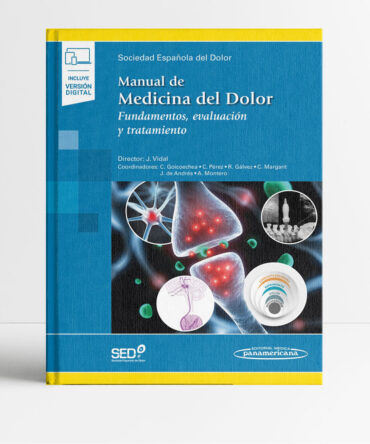
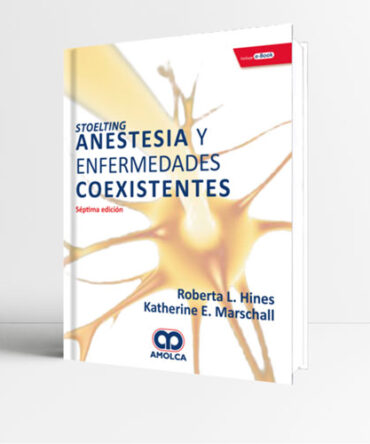
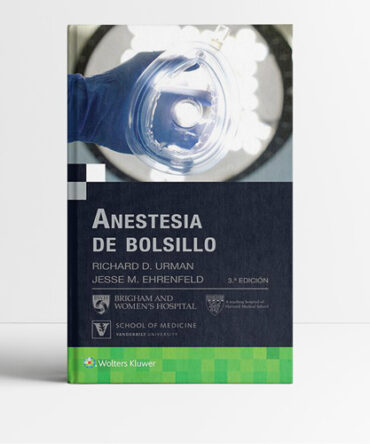
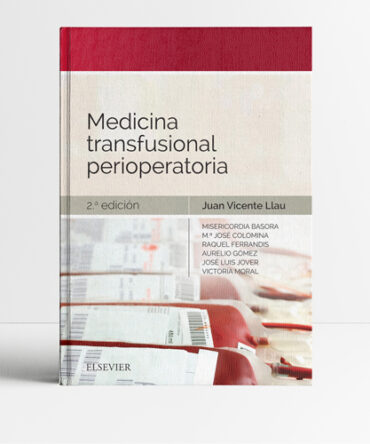
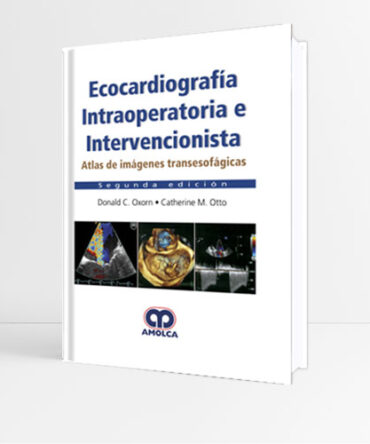
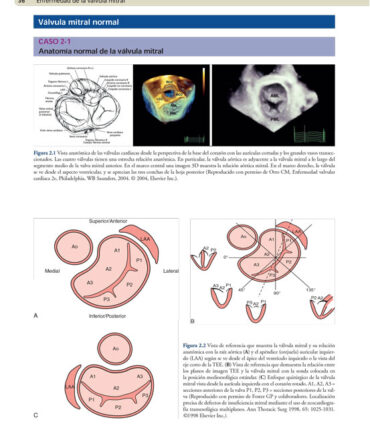
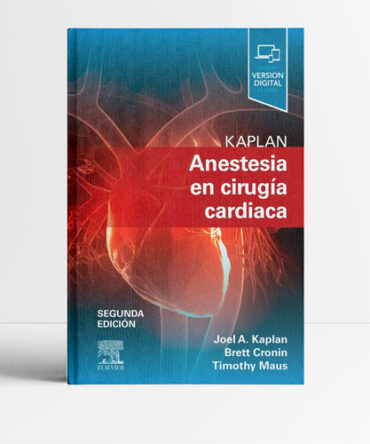
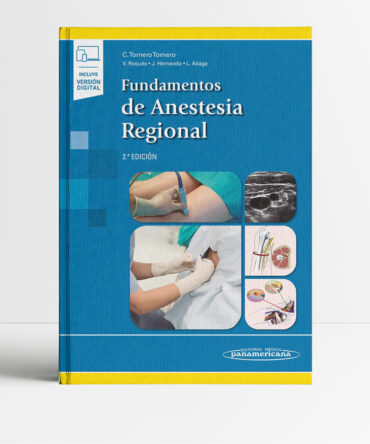
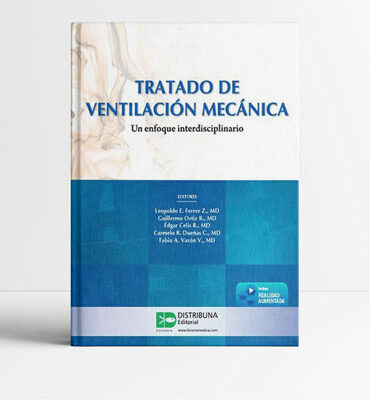
Valoraciones
No hay valoraciones aún.